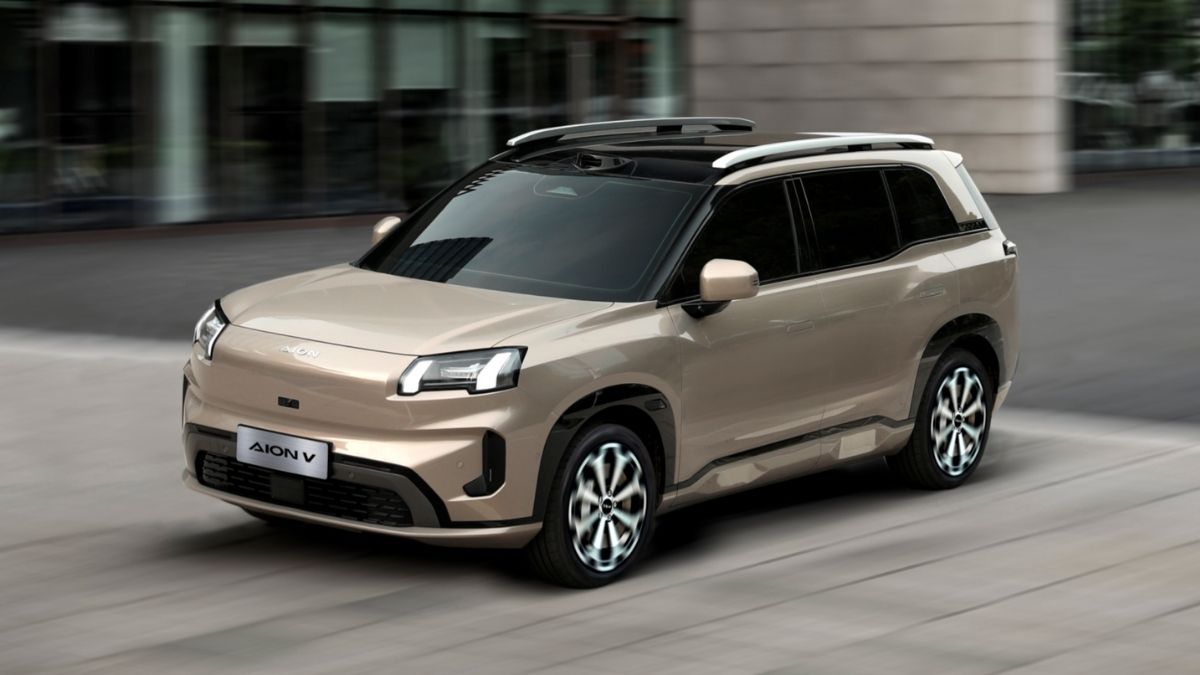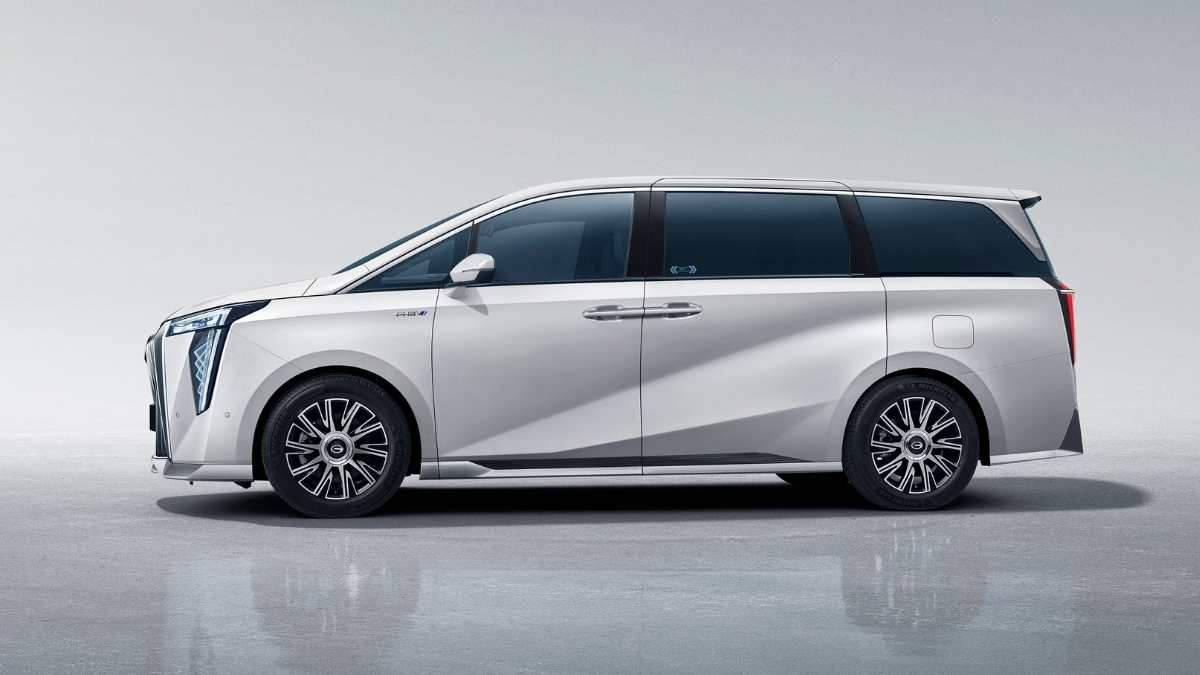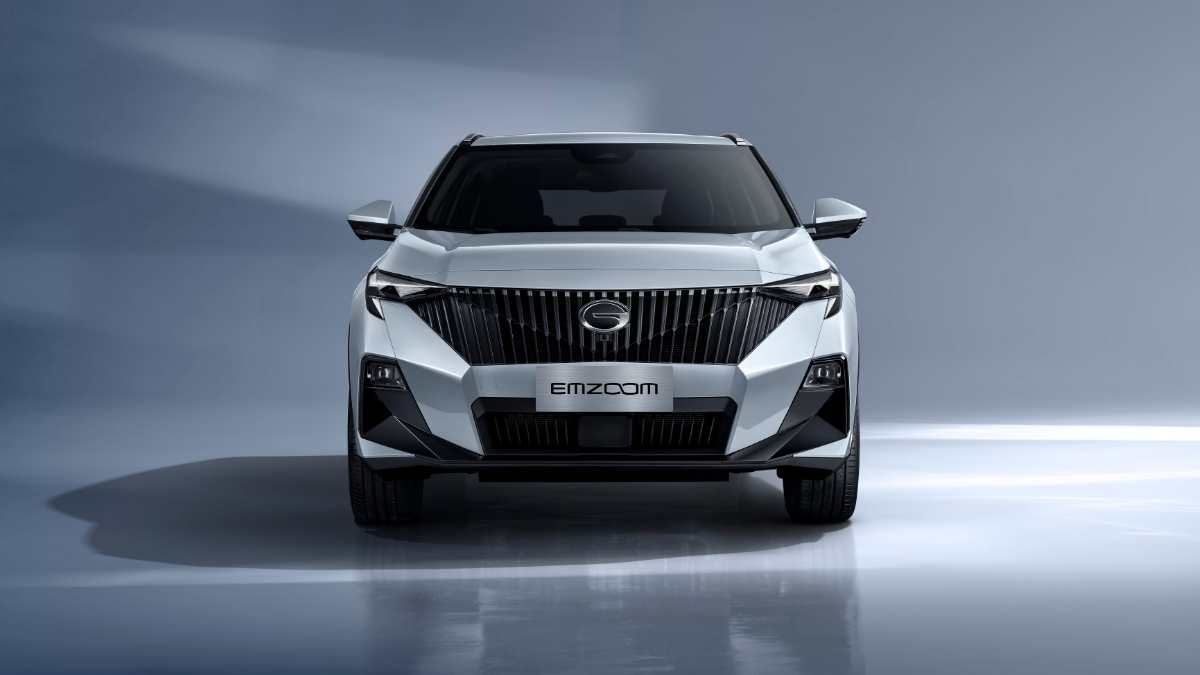You can now buy an EV for $25,000 and there’s a wide range of electric cars and SUVs for less than $45K from BYD, MG, GWM, Chery and other brands. Here are the cheapest EVs to buy in Australia right now.
GAC Group launches in Australia with electric SUV, PHEV people-mover and compact SUV: pricing, specs & release date
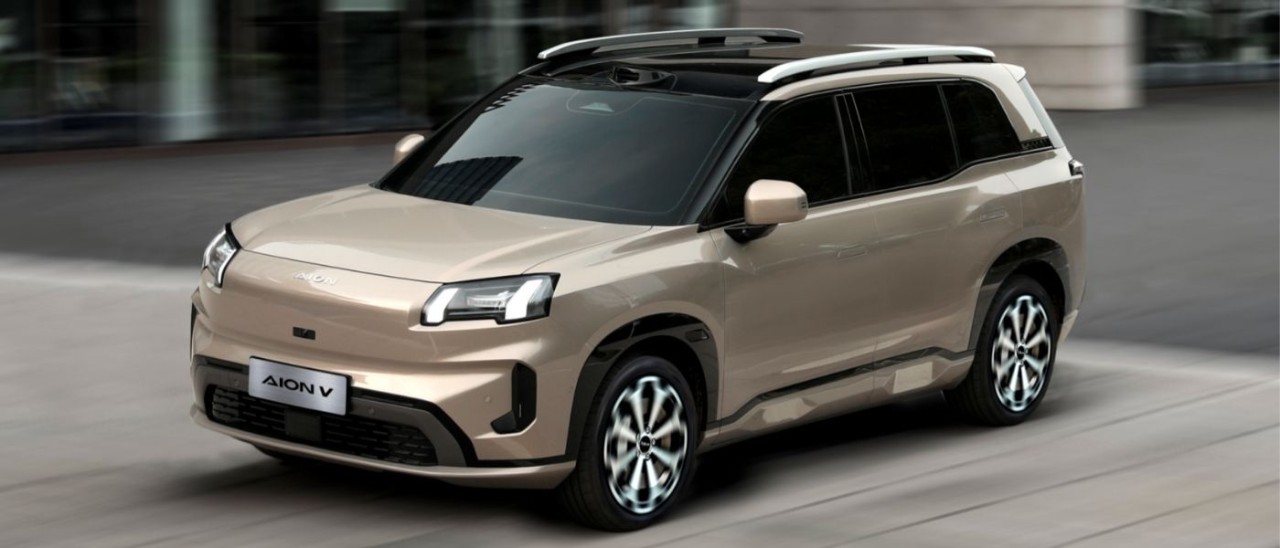
Chinese carmaker GAC (Guangzhou Automobile Group) is the latest auto brand to announce its arrival in Australia, confirming it will launch in November 2025 with a three-model line-up.
The debut GAC vehicle range includes a battery-electric medium SUV, a plug-in hybrid luxury people-mover and a petrol-powered compact SUV.
From pricing to performance, here’s what you need to know about GAC’s impending Australian arrival with the 2026 GAC Aion V, M8 PHEV and Emzoom – and how the brand might stack up against Chinese rivals like BYD, GWM and MG.
More: Research and compare new and used cars in Australia
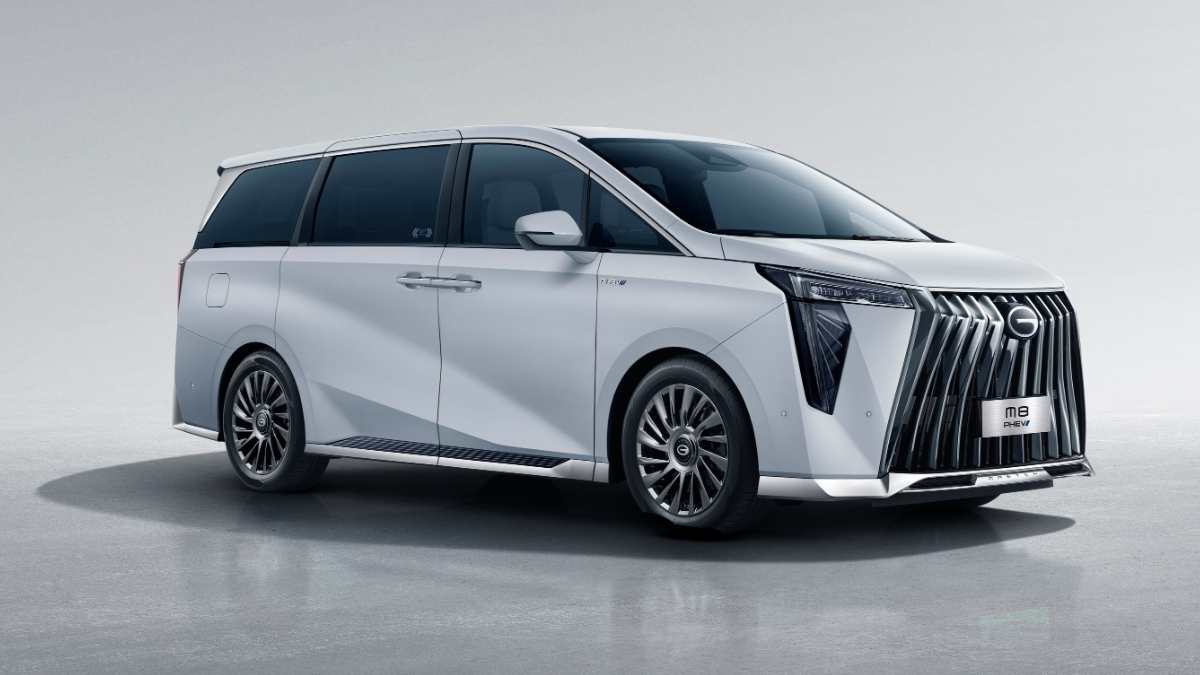
The 2026 GAC M8 PHEV has a luxury spec that rivals many European marques.
What is GAC? Australia's latest Chinese automaker
GAC (pronounced “G-A-C”) is one of China’s largest car manufacturers, known for its rapid growth and focus on EV and hybrid technology.
State-owned and based in Guangzhou, GAC sold more than two million vehicles in 2024, ranking among China’s top five vehicle manufacturers. The company has global partnerships with leading manufacturers including Toyota and Honda in China, giving it access to world-class manufacturing and hybrid tech.
While GAC operates multiple sub-brands in China – Aion for electric models, Trumpchi for mainstream combustion-engined cars, and Hyper/Hyptec for high-end vehicles – in Australia all vehicles will carry the same GAC brand.
Where other Chinese brands such as BYD Automotive and Xpeng have launched via a local distributor agreement, GAC arrives as a factory-backed operation, promising to launch with 30 dealers.
GAC’s ambitions are bold: it aims to introduce eight models in Australia by 2027 and join fellow Chinese brands including BYD, MG and GWM in the Australian top 10 sales chart.
Which GAC vehicles will launch in Australia?
GAC’s initial line-up for Australia comprises three models, each targeting a different segment:
GAC Aion V – an all-electric 5-seat medium family SUV that headlines GAC’s launch. Australia will receive the second-generation Aion V from GAC’s dedicated EV division. It arrives in the most in-demand segment and will be up against the soon-to-be-updated Toyota RAV4, Kia Sportage and electric BYD Sealion 7.
GAC M8 PHEV – a luxury 7-seat people-mover with a plug-in hybrid (PHEV) drivetrain combining petrol and electric power for efficiency. It offers three rows of seating and plenty of bling features
GAC Emzoom – a petrol-powered small SUV similarly sized to Australia’s favourite compact SUV, the Hyundai Kona. It’s stylish and tech-laden, and priced for attention.
The GAC Aion V and M8 PHEV are supported by an eight-year/unlimited-kilometre warranty on the vehicle and an eight-year/200,000km warranty on the high-voltage battery. The combustion-engined GAC Emzoom has a seven-year/unlimited-kilometre factory warranty.
More: Australia's best electric cars, SUVs and utes
When will GAC launch in Australia?
GAC’s Australian launch is confirmed for November 2025.
Australia will be among the first export markets for these GAC vehicles outside Asia. After launch, additional vehicles are expected to join the range including another battery-electric hatch, a hybrid SUV, and even a ute by 2027.
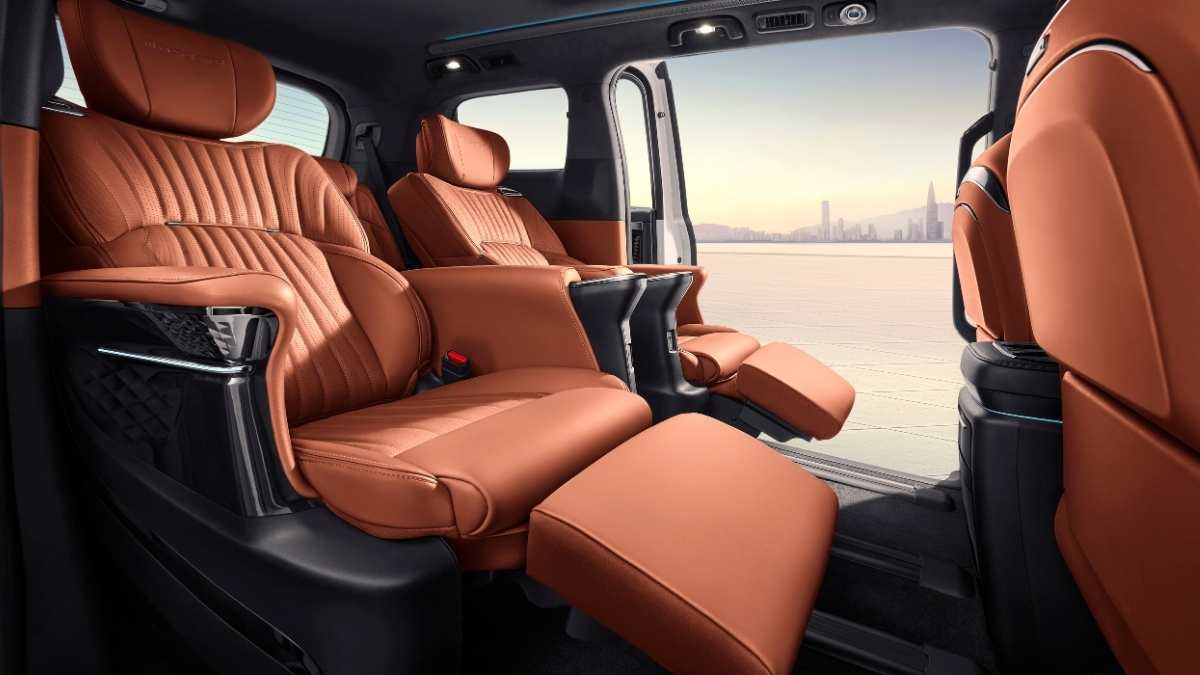
The interior of the GAC M8 Luxury model offers reclining, electric-adjust rear seats for added comfort.
What will the GAC models cost in Australia?
Pricing for GAC’s first three vehicles is highly competitive, undercutting equivalent Japanese or Korean rivals and closely matching other Chinese brands. The brand is positioning itself as another value option for Australian motorists, similar to MG and Chery.
How much does the GAC Aion V cost?
As expected, the 2026 GAC Aion V has arrived with pricing that confirms it as one of the cheapest EVs in the top-selling medium SUV class – starting at $42,590 plus on-road costs for the entry-level Premium model. A Luxury variant is also available from $44,590 plus ORCs.
This sub-$45,000 opening mark places the Aion V close to the BYD Atto 3 (from $39,990 plus ORCs) and Geely EX5 (from $40,990 plus ORCs), and well below some of the biggest-selling EVs in Australia, including the Tesla Model Y (from $58,900 plus ORCs), BYD Sealion 7 (from $54,990 plus ORCs) and Kia EV5 (from $56,770 drive-away).
How much does the GAC M8 PHEV cost?
The 2026 GAC M8 PHEV people-mover opens at $76,590 plus on-road costs – a relatively premium price point in what has become a niche segment in Australia. It, too, has Premium and Luxury model grades, the latter starting from $83,590 plus ORCs.
That positions the plug-in hybrid GAC M8 as a competitor for the top-spec hybrid version of the segment-leading Kia Carnival – priced at $76,630 in flagship GT-Line HEV guise – as well as the battery-electric LDV Mifa 9, which starts from $104,000 plus ORCs. GAC’s new MPV might also be shopped against premium Chinese-built plug-in hybrid large SUVs, such as the Omoda 9 (from $61,990 plus ORCs), all the while sitting as a substantially cheaper option compared to the likes of the Lexus LM hybrid (from $163,520) and Zeekr 009 EV (from $135,900).
How much does the GAC Emzoom cost?
We had expected a sub-$30,000 entry point for the 2026 GAC Emzoom and can now confirm that the small SUV starts from $25,590 plus on-road costs. It is only available in a single Luxury model grade.
The Emzoom’s natural competitors include the Chery Tiggo 4 and GWM Haval Jolion, both of which start from just $23,990 drive-away, as well as a host of other rivals in the fast-growing small SUV segment.
What powers the GAC Aion V, M8 PHEV and Emzoom?
Under the skin, GAC’s three models showcase three different powertrain technologies, reflecting the company’s multi-energy approach to our market.
GAC Aion V – Electric: The GAC Aion V is a battery-electric vehicle (BEV). It features a 150kW/210Nm electric motor that drives the front wheels and draws energy from a decent 75kWh lithium iron phosphate (LFP) battery. The claimed WLTP driving range is 510km. Notably, the Aion V supports fast charging up to 180kW DC, allowing a rapid 30-80% recharge in about 16 minutes – one of the fastest charging rates in its class.
GAC M8 PHEV – Plug-in Hybrid: The GAC M8 PHEV combines a petrol engine with electric drive for a best-of-both-worlds approach. It uses a 2.0-litre turbocharged four-cylinder petrol engine mated to an integrated dual-motor two-speed hybrid transmission and 25.57kWh battery. Total output is 274kW/630Nm, while the EV-only range is a claimed 106km (WLTP). GAC also claims a total driving range of up to 1032km on a full tank (56L). The M8 battery takes 3.5 hours to be recharged using 6.6kW AC power, or 30 minutes (0-80%) via a 35kW DC outlet.
GAC Emzoom – Petrol: The GAC Emzoom runs on a 125kW/270Nm 1.5-litre turbocharged four-cylinder petrol engine – a small-displacement turbo typical of many compact SUVs. This is paired with a seven-speed dual-clutch automatic and front-wheel drive. Despite its modest size, the turbo engine gives the Emzoom sprightly performance; expect 0–100km/h in about eight seconds. Official claimed combined-cycle fuel economy lands at 6.6L/100km, helped by the lightweight design.
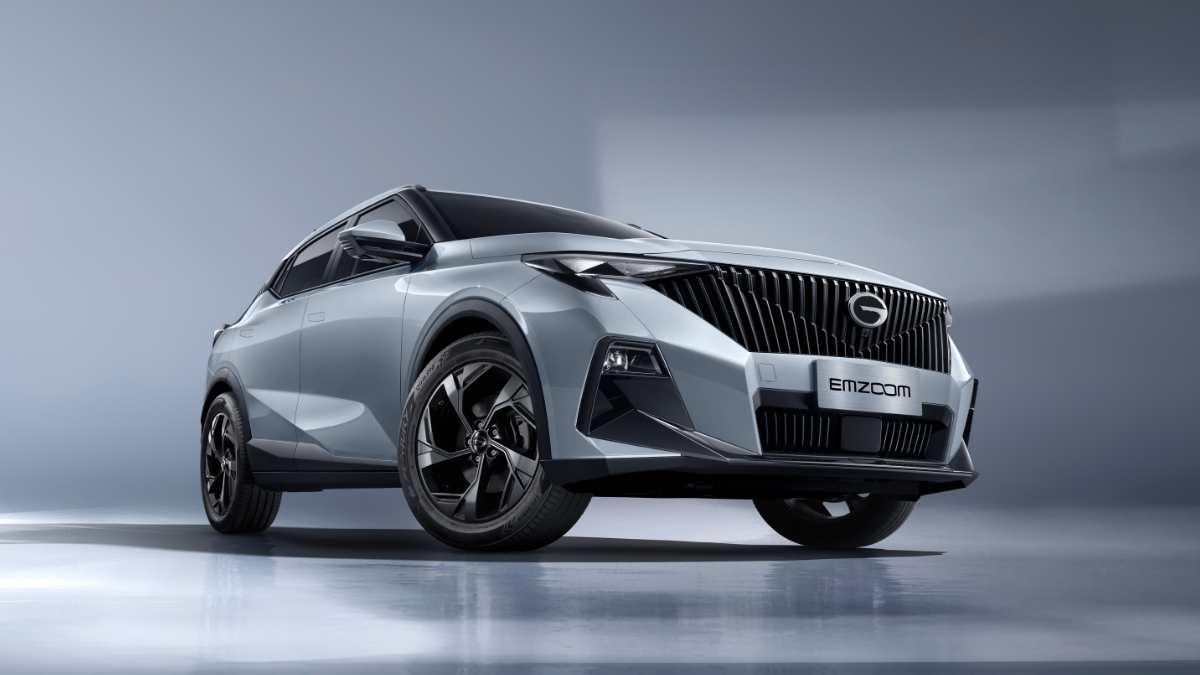
The 2026 GAC Emzoom arrives as a conventionally powered petrol SUV, priced from $25,590 plus on-road costs.
GAC vehicles exterior design
Each GAC model has a distinct design, shaped by GAC’s global studios (Los Angeles, Milan, Shanghai, etc.). The Aion V features a sleek, aerodynamic EV look – no big grille, just a smooth nose with slim LED headlights and a full-width tail-light. Its profile is modern with a floating roof and flush door handles, emphasising efficiency and interior space.
The Emzoom takes a sportier approach: it’s a compact SUV with aggressive lines, an angular grille and a coupe-like roofline. It has LED lighting and bold colours aimed at a younger crowd.
Meanwhile, the M8 PHEV is big and imposing – a van with Lexus-like presence. It has a massive chromed grille, upscale LED headlamps and sliding side doors for easy access. Chrome accents, large alloy wheels and a generally boxy silhouette communicate its luxury MPV status.
GAC vehicles interior design and features
Inside, GAC has loaded its cars with technology and comfort features, while a broad array of advanced driver assist safety systems is also fitted standard.
The GAC Aion V cabin is tech-forward with a minimalist EV ethos. It has a large 14.6-inch central touchscreen and 8.9-inch digital instrument cluster. Four-zone voice control and connected apps feature. The dedicated EV platform allows a spacious, flat-floor interior and a maximum load capacity of 978 litres with the rear seats folded flat. There are two models available, Premium and Luxury, with the latter offering part-leather upholstery. All variants offer wireless phone charging, dual-zone climate control and heated and ventilated front seats, but the Luxury goes further with a massaging function. Vehicle to Load (V2L) capability is also built in.
The GAC M8 PHEV is the showstopper and will deliver business class levels of comfort. Confirmed local specs show the seven-seater M8 will also be sold here in two model grades – Premium and Luxury – and that the flagship variant will feature high-grade half-aniline leather upholstery and second-row captain’s chairs with 10-point massage function, heating and ventilation, electric-adjust leg rests and individual LCD screens. Up front, both M8 variants have a 10.1-inch infotainment touchscreen, 12.3-inch digital instrument panel and lots of connectivity options, while a tri-zone air-conditioning system is also standard. Despite all the opulence, the M8 remains practical, its third-row seats folding flat to provide huge cargo space when needed.
The GAC Emzoom interior is aimed at a younger demographic, so style and connectivity are key. It has a 7.0-inch digital instrument cluster and a large 14.6-inch touchscreen with Apple CarPlay and Android Auto compatibility. A panoramic sunroof, synthetic leather trim and even a 360-degree camera system with auto parking assistance are among the high-grade standard features on Emzoom. Despite its compact size, clever layout maximises rear legroom and boot space (370L, extending to 1271L with the rear seats folded). Detailing like contrast stitching, sporty colour options and a flat-bottom steering wheel give it a fun vibe. Tech like adaptive cruise control, lane keep assist, blind-spot monitoring and autonomous emergency braking are all standard, making it competitive on safety.
R.A.C.V Finance Limited ABN 82 004 292 291 Australian Credit Licence No. 391488. RACV Finance is subject to RACV lending criteria. Conditions, fees and charges apply.
